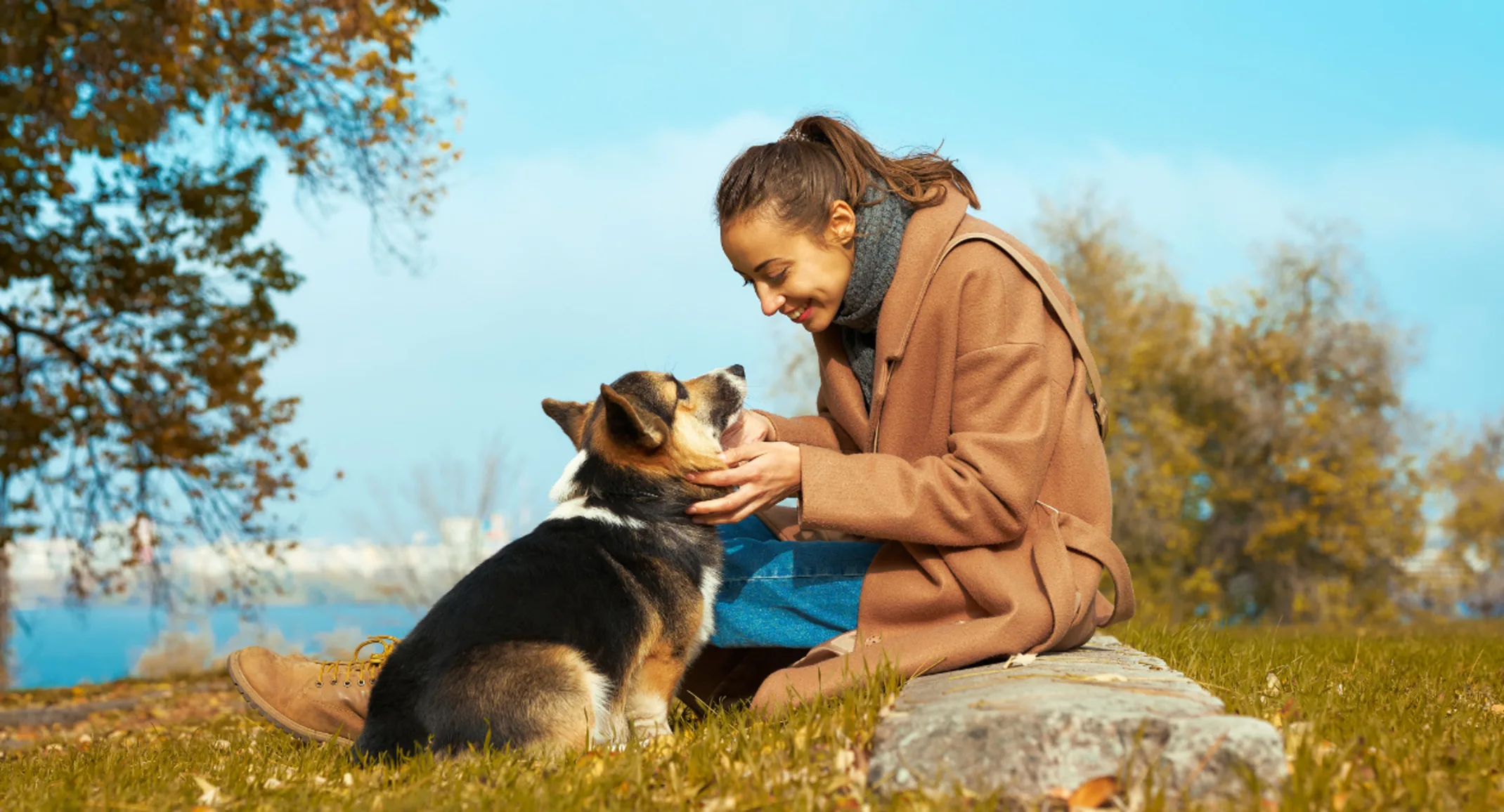Outdoor Pet Emergencies: How to Stay Prepared
Pet Safety

Whether you're hiking, camping, or simply enjoying the outdoors with your pet, accidents and emergencies are always a possibility. Fairfield Animal Hospital is open 24/7/365 to handle all your pet emergencies, however having a well-stocked pet first aid kit and knowing basic first aid techniques can make a huge difference in managing your pet’s health until you can reach professional care. While first aid is no substitute for veterinary attention, it can be lifesaving in critical moments.
First Aid Tips and What You Need in Your Kit
Here’s a quick guide to help you handle some common pet emergencies until you can get them to a vet:
Bleeding: Press clean gauze on the wound to help stop the bleeding., secure with a bandage, and elevate the area.
Internal Bleeding: Look out for signs like bleeding from the nose or mouth. Keep your pet warm and get them to the vet right away.
Heatstroke: If your pet’s showing signs like vomiting, drooling, or collapse, move them to a cool spot, wet their fur (but not their face), and head to the vet as soon as possible.
Fractures: Gently move your pet, avoiding the injured area. Use a muzzle if necessary, as some pets may bite in pain.
Choking: If it is safe to do so, reach into the mouth to remove the object. If this doesn't work, abdominal thrusts may be needed. If an object is ‘impaled’ into the skin of the throat, leave it in and seek immediate veterinary help.
Seizures: Keep your pet safe from rocks or trees, and don’t try to hold them down. If possible, time the seizure. Always approach your pet with caution as they might be a little disoriented.
Essential Pet First Aid Kit Supplies
Gauze Roll and Nonstick Bandages: For wrapping wounds and controlling bleeding.
Blunt-Ended Scissors and Tweezers: For cutting bandages and removing foreign objects
Tick-Removing Tool and Lidded Container: For safely removing and storing ticks for identification.
Saline Solution: For flushing wounds and eyes
Disposable Gloves and Clean Towels: For protection and restraint. Did you know you can use a towel as a sling in a pinch?
Muzzle: To prevent biting (DO NOT muzzle your pet if they are vomiting.)
Small flashlight for examining eyes, wounds, etc.
Leash, Collar, and Important Contacts: For transport and emergency information.
Having these supplies ready and knowing how to use them will help you handle pet emergencies during outdoor activities or daily situations. However, always seek veterinary care as soon as possible. To ensure you can transport your pet safely, prepare a secure space in your vehicle. A collapsible crate is an excellent option as it is easy to store and set up quickly in emergencies.
We also recommend taking a Pet First Aid Course to feel more confident during emergencies. Some options include:
We hope you never need an emergency visit, but if you do, we’re staffed to handle critical, and life-threatening emergencies with veterinarians and registered veterinary technicians 24/7/365. If you’re on your way to our hospital and it is safe to do so, call ahead so we can be prepared for your arrival.
Find out more about when to visit the emergency room and how to contact us on our emergencies page.
